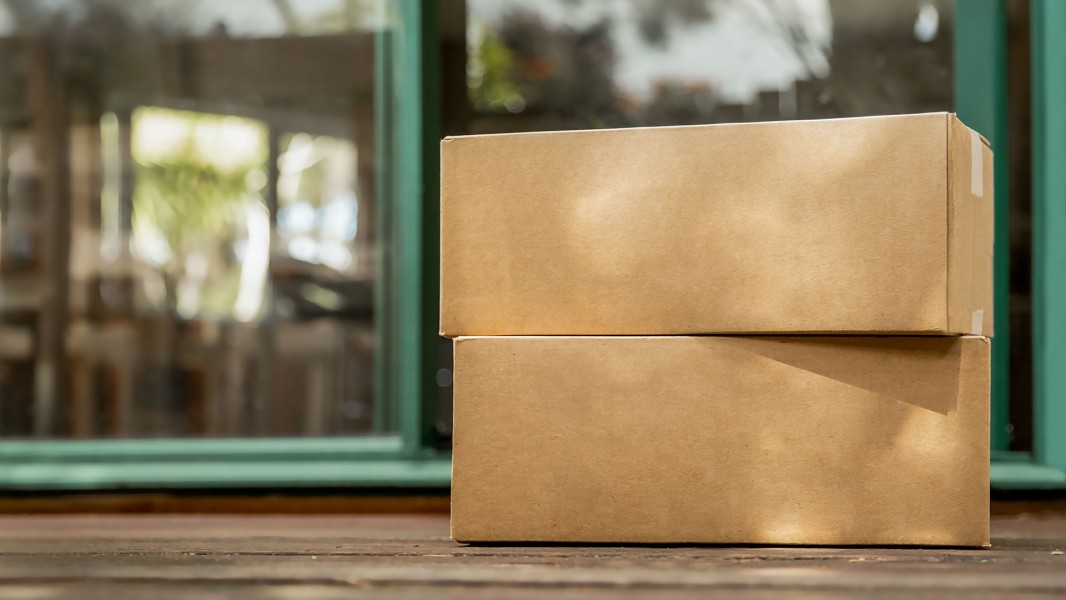 x
x
In today’s market, many businesses and individuals face the challenge of selecting the proper cardboard boxes to protect their items during storage and transit. Whether you are shipping products, storing seasonal items, or organizing inventory, it is essential to evaluate your specific requirements. To begin your search, you may wish to Shop Cardboard Boxes from reputable providers who offer a range of sizes and specifications that suit various applications.
Initial Considerations
Before you start selecting boxes, it is important to understand the exact demands of your intended use. Begin by assessing the dimensions, weight, and fragility of the items that will be stored or transported. Consider whether the boxes will be used for one-time shipments or if they need to withstand multiple uses over an extended period. Your needs will dictate whether you require boxes with extra reinforcement or additional features that support secure packing and safe handling.
Evaluating the environmental conditions in which the boxes will be used is also critical. If the items are sensitive to moisture or extreme temperatures, look into cardboard options that provide extra protection against such conditions. Additionally, review the expected handling and stacking processes. Boxes that will be piled up should be able to resist pressure without losing shape or compromising the safety of the contents.
Types of Cardboard Boxes
There are several types of cardboard boxes available, each designed to serve different purposes. Common varieties include:
Regular Slotted Containers (RSC):18Please respect copyright.PENANA27bZKoBphH
These are widely used due to their standard design. Their simplicity makes them suitable for general storage and shipping needs, and they often come in different sizes that accommodate various product dimensions.Full Overlap Boxes:18Please respect copyright.PENANAgdJKC8OUfN
With extra layers of cardboard on the flaps, these boxes provide additional protection. They are typically chosen for items that require extra reinforcement during shipping or storage.Mailer Boxes:18Please respect copyright.PENANA5jIYEPdPhA
Often used for shipping smaller or more delicate items, these boxes are designed to offer a secure enclosure that minimizes movement inside the package.
Each type offers distinct advantages based on the specific requirements of your application. Understanding the construction of these boxes will help in making an informed decision.
Assessing Materials and Construction
The material quality and construction details of cardboard boxes are important factors that affect their performance. Cardboard is usually available in single-wall, double-wall, or even triple-wall varieties. Single-wall boxes may be suitable for lighter loads and short-distance shipping, while double- or triple-wall boxes provide greater strength and are better suited for heavy items or long-distance transit.
Pay attention to the type of corrugation used in the cardboard. The fluting (the wavy layer between the flat liners) comes in various sizes, and selecting the correct type can impact the box’s durability. Higher flute profiles are generally stronger and more resistant to crushing, but they may also add to the overall cost.
Examine the box construction details, such as the quality of the adhesives and the precision of the folds. Poorly made boxes might fail under pressure or during handling, so it is advisable to consider providers known for consistent manufacturing standards.
Sizing and Measurements
Accurate measurements are crucial when choosing the right cardboard boxes. Begin by measuring the length, width, and height of the items you plan to store or ship. It is often beneficial to select a box that offers a little extra room to accommodate padding or cushioning materials, ensuring that the items do not shift during handling.
When evaluating sizes, consider both internal and external dimensions. The internal measurements determine how much space is available for the items, while the external dimensions affect how much space the boxes will occupy during storage or transit. An imbalance between these measurements may lead to inefficiencies in space utilization or increased shipping costs.
Using a sizing guide provided by many suppliers can simplify this process. These guides often offer suggestions based on the dimensions of common items and can help you avoid ordering boxes that are either too large or too small.
Cost Considerations and Quantity Requirements
Budgetary constraints play a significant role in the decision-making process. The cost of cardboard boxes can vary based on the type of box, the material used, and the order quantity. Bulk orders may lead to a reduction in cost per unit, so it is important to estimate your needs accurately.
Consider not only the initial cost but also the potential expenses related to damage or replacement if the boxes do not meet the required standards. In some cases, spending a little more on higher-quality boxes may result in long-term savings by reducing the risk of product damage during handling or transit.
It is advisable to compare quotes from multiple suppliers and review any additional fees for customization or expedited shipping. Transparent pricing and clear communication from vendors will help in making a cost-effective decision that does not compromise on quality.
Customizing Your Boxes
In many instances, off-the-shelf cardboard boxes may not fully address your requirements. Customization can involve adjustments to the box size, reinforcement of specific areas, or the addition of printed information. Such modifications may be necessary for branding purposes or to meet unique storage needs.
When requesting modifications, provide clear and precise measurements along with details regarding the intended use of the box. This information will assist manufacturers in ensuring that the final product meets your expectations. It is important to work with suppliers who have a proven track record in accommodating customization requests, as this can reduce the potential for errors or miscommunication.
Environmental and Safety Considerations
Sustainability is an important consideration in today’s business environment. Many companies are opting for cardboard boxes made from recycled materials or that are fully recyclable. If environmental impact is a concern, look for suppliers who provide documentation regarding the source of their materials and their recycling processes.
Safety standards also need to be taken into account. Ensure that the boxes you select comply with any industry regulations, especially if they are intended for the shipment of items that have specific handling or storage requirements. Suppliers that offer detailed specifications and quality assurance testing reports can provide added assurance that the boxes will perform reliably.
Shipping and Handling Requirements
When cardboard boxes are used for shipping, several additional factors must be considered. The boxes should be capable of withstanding the stresses of transportation, including variations in temperature, humidity, and physical handling. It is advisable to review the shipping routes and conditions, particularly if the items will be sent over long distances or internationally.
For shipments that involve stacking, verify that the boxes are strong enough to maintain their shape and protect the items contained within. In some cases, reinforcements such as additional tape or internal dividers may be necessary to secure the contents during transit. Suppliers who offer detailed guidelines on proper box usage and handling techniques can be invaluable resources in ensuring that your items reach their destination in good condition.
Shop Cardboard Boxes: A Guide for Buyers
When it comes to selecting the appropriate cardboard boxes, a systematic approach is essential. Begin by compiling a list of the most critical requirements based on the items you plan to store or ship. Factors such as size, weight, and environmental conditions will guide your choice. Once you have a clear understanding of your needs, use this information to narrow down potential suppliers and products.
It is beneficial to consult with suppliers who have experience in meeting similar needs. They may provide insights that help in identifying products that have a proven record of performance under conditions similar to your own. Moreover, reviewing product samples before making a bulk purchase can help ensure that the boxes meet your expectations.
Comparing multiple products side by side can be an effective way to identify key differences in construction, material quality, and overall performance. Be sure to evaluate both the technical specifications and the practical feedback from other users. This due diligence will help mitigate the risk of ordering boxes that might fail to meet your requirements in real-world scenarios.
Considerations
In summary, selecting the right cardboard boxes involves a detailed assessment of your specific needs, including size, strength, material quality, and cost. Taking the time to evaluate these factors, along with the conditions under which the boxes will be used, is essential to ensure that you make an informed choice. Whether you require boxes for shipping delicate items or for long-term storage, a careful examination of the available options will contribute to greater efficiency and safety.
Each decision, from measuring your items accurately to evaluating the supplier’s reputation, plays a part in the overall success of your storage or shipping strategy. By following a systematic approach and considering all relevant factors, you can make a well-informed decision that meets both your immediate and future needs.
ns216.73.216.176da2

































